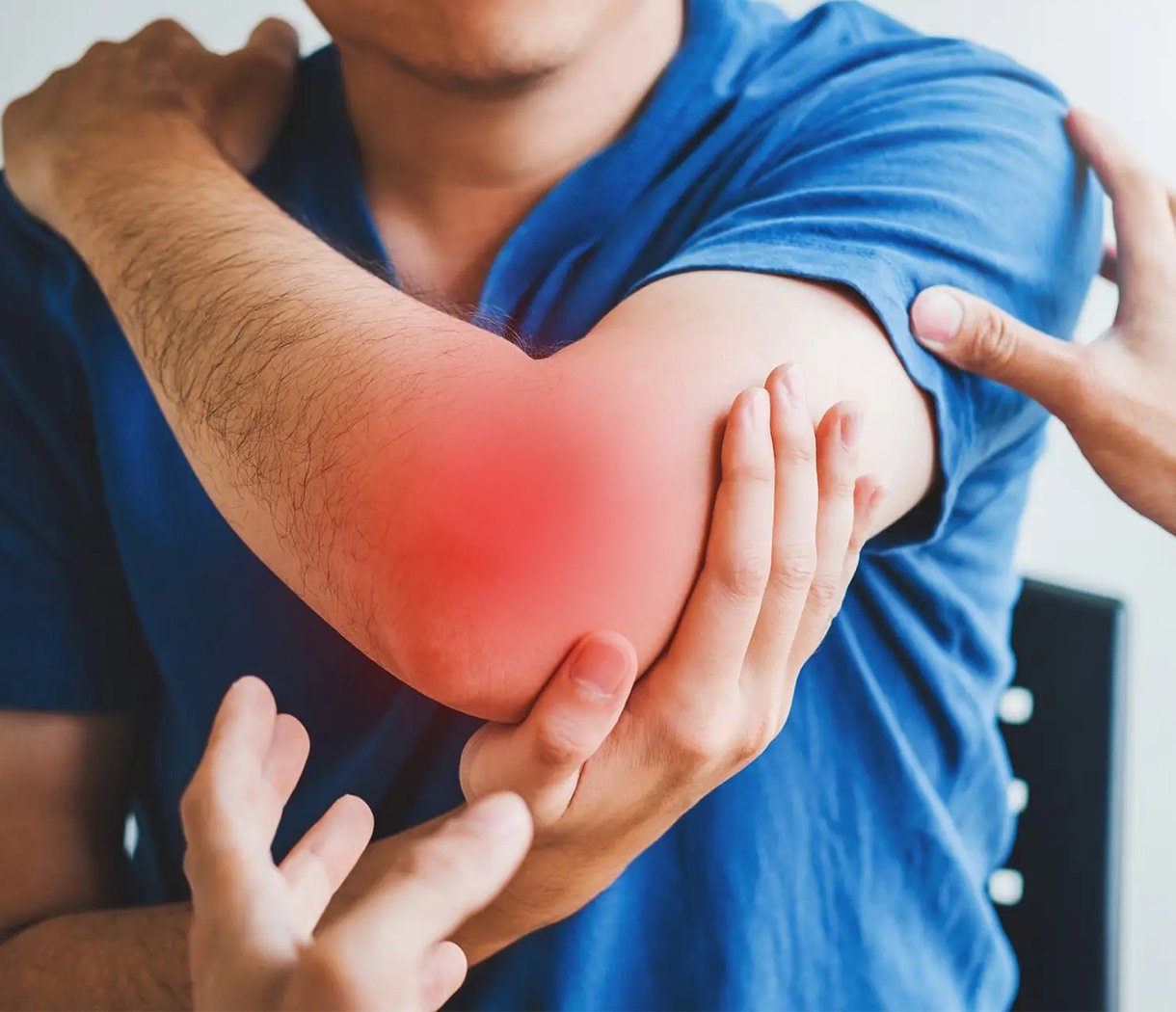What Is Little Leaguer’s Elbow?
Little leaguer’s elbow is a painful condition commonly seen in young athletes, particularly baseball players. It’s caused by overuse of the elbow joint, especially from repetitive throwing motions. This injury usually affects children and teenagers whose bones and tissues are still developing. Over time, the constant stress on the elbow can result in inflammation, swelling, and, in more severe cases, damage to the growth plate. Symptoms often include pain on the inside of the elbow, limited range of motion, and swelling. The condition can sideline young athletes for weeks, impacting both their performance and their love of the game. While traditional treatments like rest and physical therapy help, they often don’t offer immediate relief or accelerate recovery. This is where CO2 cryotherapy comes in as a game-changing solution to little leaguer’s elbow.
What Is CO2 Cryotherapy?
CO2 cryotherapy is a non-invasive treatment that uses carbon dioxide (CO2) in a controlled, therapeutic way to treat injuries and inflammation. The process involves the application of CO2 to specific areas of the body, targeting deep tissue to reduce swelling, alleviate pain, and speed up the healing process. The cooling effect of CO2 creates a numbing sensation that helps to reduce pain while stimulating blood circulation for faster recovery.
CO2 cryotherapy stands out from traditional cold therapy methods because it can penetrate deeper into the tissues. It delivers more localized and effective cold treatment to the affected area without the discomfort or risks of traditional ice packs. It’s an innovative approach that’s gaining popularity in sports medicine and recovery.
How CO2 Cryotherapy Helps with Little Leaguer’s Elbow
When applied to the elbow joint, CO2 cryotherapy works by constricting blood vessels and reducing inflammation, allowing the body to heal faster. The cooling effect not only alleviates pain but also promotes increased oxygenation and circulation in the affected area, helping to speed up tissue repair and reduce swelling.
As the CO2 is absorbed into the tissues, it accelerates cellular repair by stimulating the body’s natural healing response. Additionally, the treatment reduces the build-up of fluid in the inflamed area, which in turn helps to relieve pressure on the elbow joint. This makes CO2 cryotherapy a highly effective treatment for little leaguer’s elbow, allowing athletes to recover faster and return to play sooner without the prolonged downtime that comes with more traditional treatments.
Proven Results: What Athletes and Coaches Say
Athletes who have used CO2 cryotherapy report noticeable improvements in pain management and recovery time. Coaches and sports professionals have observed that the therapy reduces inflammation in as little as one treatment. Continued benefits are seen after multiple sessions. Many athletes with overuse injuries, like little leaguer’s elbow, turn to CO2 cryotherapy to ease discomfort and speed up recovery. This helps them get back on the field faster and with less pain.
For parents of young athletes, CO2 cryotherapy offers a non-invasive option. It provides relief without relying on pain medications or long periods of rest. Many have seen their children return to sports with improved flexibility and strength. Best of all, there’s less lingering pain compared to traditional treatments.
Things to Consider
While CO2 cryotherapy is safe and effective for many athletes, it’s important to consult with a healthcare professional before starting treatment, especially if your child is dealing with a severe case of little leaguer’s elbow. CO2 cryotherapy should be as part of a comprehensive recovery plan that may include rest, physical therapy, and proper stretching exercises.
It’s also worth noting that while CO2 cryotherapy offers quick results, it’s not a one-time fix. For lasting relief and recovery, it’s recommended that athletes undergo multiple sessions, spaced out over time, to achieve optimal results. Additionally, incorporating strength-building exercises and proper technique can help prevent future injuries.



